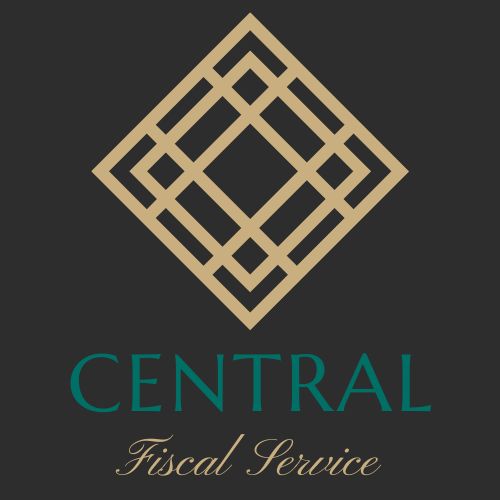Small business owners know that every dollar counts, especially when it comes to taxes. With profitability as the ultimate goal, minimizing tax liability is crucial to ensure that more of your hard-earned money stays in your business. In this guide, we’ll break down the key strategies for small business owners to maximize tax deductions and credits, all without drowning in complex jargon.
1. Establish a System for Expense Tracking
First and foremost, it’s essential to have a well-organized system for tracking expenses. This ensures that you don’t miss any deductions. From office supply receipts to major supplier invoices, meticulous record-keeping is your best friend. Group expenses into the right tax categories and maintain easy-to-access reports.
2. Know Your Deductions
Understanding the deductions your business can legally claim is paramount. The IRS Publication 334, Tax Guide for Small Business, is your go-to resource. It categorizes expenses into “Cost of Goods Sold” and “Business Expenses.”
Cost of Goods Sold (COGS) applies to businesses involved in selling or manufacturing products. It’s calculated using the formula: Inventory start of year + Purchases – Inventory end of year. This category includes the cost of raw materials and parts for manufacturing.
Business Expenses are for all businesses and encompass “ordinary and necessary” costs. To qualify, an expense should be typical for your industry and helpful for your business. This category includes deductions for bad debts, vehicle expenses, depreciation, employee wages and benefits, and more.
3. Maximize Deductions
Here are some key deductions to consider:
- Bad Debt: If your business invoices customers or offers credit, you can deduct uncollectible debts.
- Vehicle Expenses: Deduct the cost of owning and operating vehicles used for business. Keep detailed records for personal and business use.
- Depreciation: For assets lasting over a year, follow IRS rules for spreading the cost over multiple years. Consider Section 179 for larger deductions in the year of purchase.
- Employee Wages and Benefits: Deduct reasonable and ordinary salaries and benefits.
- Pension Plans: Explore retirement planning options and benefit from contribution deductions.
- Home Office Deduction: Deduct a portion of mortgage interest, utilities, insurance, and rent for business use.
4. Leverage Small Business Credits
Tax credits provide a dollar-for-dollar reduction of taxes owed. Some key credits include:
- Credit for Small Employer Health Insurance Premiums: If you provide health insurance for employees, you could qualify for a credit equal to 50% of premiums.
- Employer Credit for Paid Family and Medical Leave: Encourages paid leave for various family and medical situations. Credit equals 12.5% of wages paid.
- Work Opportunity Credit: Encourages hiring from underserved populations. Credit amounts vary based on specific categories.
- Disabled Access Credit: Incentivizes accessibility improvements for people with disabilities, offering a credit for 50% of expenses up to $5,000.
- Credit for Employer Provided Childcare Facilities and Services: Offers credits for various childcare-related expenses.
- Credit for Small Employer Pension Plan Startup Costs: Businesses meeting size and wage requirements can claim up to $500 for pension plan setup costs.
Maximizing these credits can lead to substantial savings for your business.
Maximizing deductions and credits is like navigating a financial triathlon. It requires careful planning, consistent tracking, and a keen understanding of the IRS guidelines. Revisit and update your tax strategy regularly, and don’t hesitate to consult a tax advisor or accountant for guidance. By leveraging these tax strategies, small business owners can keep more of their profits and ensure their businesses thrive and grow.

